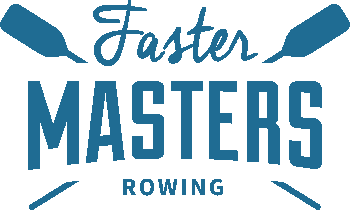Exciting times – how to find the boat that’s right for you. Top items to check from budget to accessories. PLUS bonus – how to test a boat on the water.
Timestamps
01:15 Buying brand new – start with your rowing plans?
What will you use it for?
- Recreation
- High performance shell
- Racing or not racing
- Your water
- flat or rough open water?
03:00 Boat size for your weight. You should choose a range of weights to reflect your needs. A 15kg range is normal – from below and above your mid-point. The test is can you get the oars out at the finish while rowing square blades? Different boat builders have multiple hull shapes – mid weight and heavyweight hull shapes.
Check out the Rowing Directory list of boat builders
Your physical proportions
05:00 Your physical proportions Have you got a long or short back?
06:00 Price budget for your new boat.
Things that cost more and add to the overall price
- boat materials
- rigger choices (aluminium or carbon fibre) or reverse wing
- shipping from overseas manufacturers
08:00 Accessories add cost.
Here is a list of things which you can add Shoes; electronics, carry slings, oars (blade design), a boat cover.
11:00 if you know the hull you want ask the manufacturer for different priced materials which use the same hull mould and cost less. You can make custom seat tops (Carl Douglas); adjustable height seats, buy your riggers direct from the rigger maker. Durham Boat make carbon sweep riggers and Carl Douglas makes side-mounted (Euro) riggers.
Storage and transportation
14:00 Storage and transportation Where will you keep your boat – is there a rack at your club? Or at home? Is there a waiting list for club racks? Consider a roof rack for your car. Can you lift it on top of your car? Tim Crooks and Burnham Boat make car carry racks. For outside storage consider getting a boat cover or boat bag to keep the UV rays off the hull.
Make your own roof rack using a ladder – the span of your car roof alone is insufficient to support a 7 meter long single scull. Can you slide your boat up onto the car roof rack when loading it unassisted? How heavy is the boat with its riggers – can you lift it above head?
19:00 Ordering your new rowing boat.
Contact the boat builder and ask about lead times. How long do you have to wait? Their estimated time needs a cushion – align with your seasons. Order in October for a March delivery. Extra lead time may be worthwhile. Do they require payment – what are the payment terms – deposit, up front, payment plans may be possible. The earlier you tell the boat builder of your intention to buy – will put you onto their build schedule. It’s exciting putting in your boat order.
How to test a boat
22:00 How to test a boat to find what’s right for you.
Measure your current boat first – know what you are used to. The length of oars and inboard, the span, spread, the footstretcher position in front of the pin, the seat to heel cup, the oarlock sills height above the water surface (measure when sitting in the boat).
Ask to try out someone else’s boat. Adjust the trial boat to match your normal rig. Footstetchers are particularly important when testing a boat. Make the height washers reasonable for you. This affects your perception of the performance of the boat you are trying.
24:15 Comfort is the first consideration.
Every boat rides a little differently. How does it feel? Listen to the sound of the boat as you row it.
Test rows what to cover (have a speed measure with you).
Do a normal warm up.
How do the balance, height, blade grip at the catch, seat and slide feel like?
Do some pieces in the boat 500m or 2 minutes at 24 (firm pressure) and 2 minutes at rate 30.
Row in the same direction if it’s windy so your speeds are comparable.
Do some racing starts.
Record your speed measurements so you can analyse the results afterwards.
Testing a recreational or coastal boat – you may not get as high stroke rates. Try different types of water – choppy water, open water, get into the waves, get some flat water too. Can you manage the boat alone? Does it beach launch well? Where to store life jacket, a dry bag and your water bottle?
29: 00 Try as many brands as you can. Camps who supply boats can give you opportunity. The manufacturer’s representative can introduce you to local owners who may loan you their boat to test out.
31:30 Customer service. Ask other owners how good the service is. Ask about popular spare parts – does the dealer carry these locally? Who do they recommend for repairs?
Resources
- Buying a second hand rowing boat
- Rowing boat repairs
- Tips for safely transporting your single on your car top


